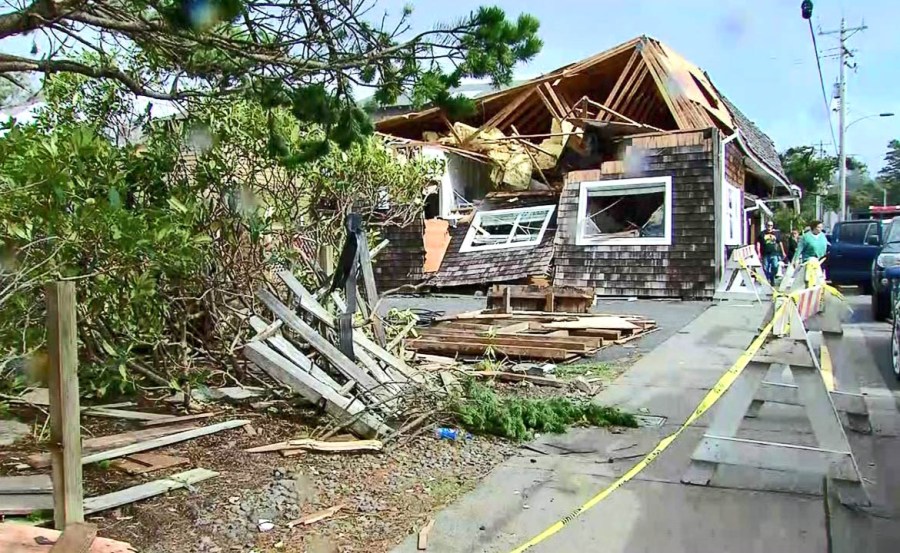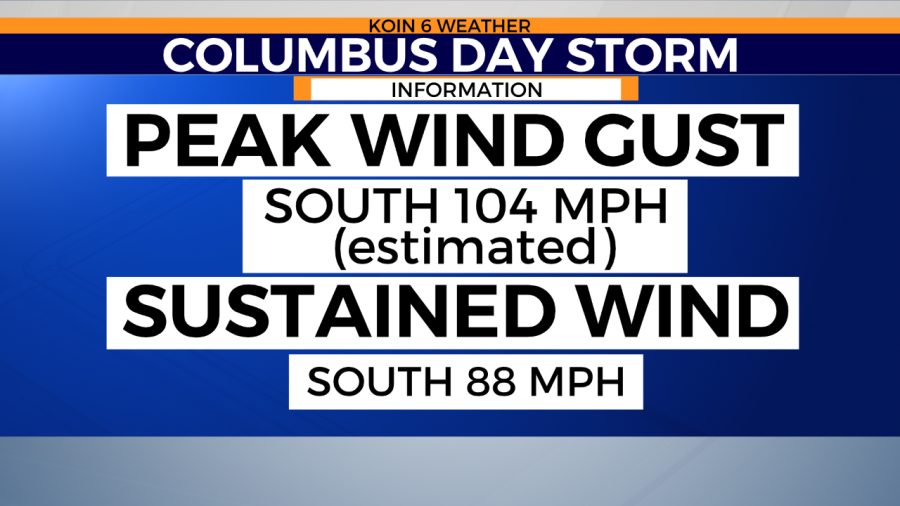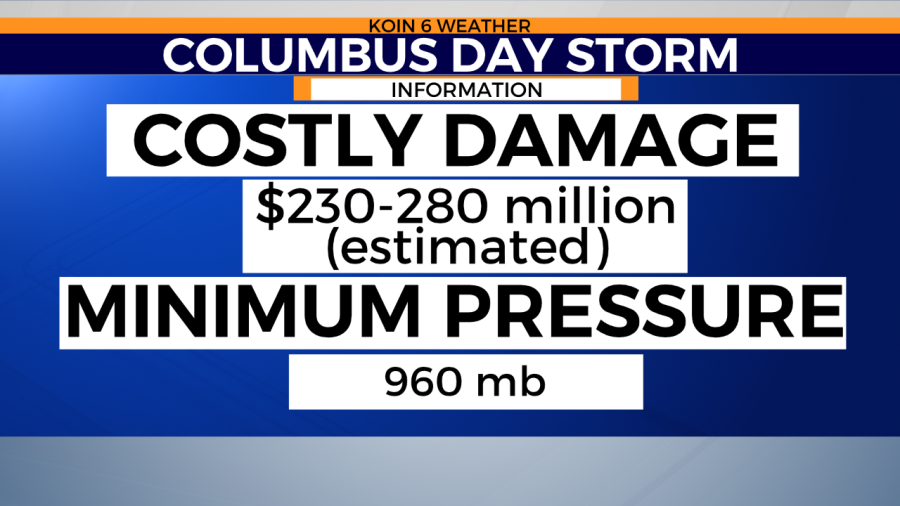PORTLAND, Ore. (KOIN) – There is no doubt that if you have been living in the Pacific Northwest for the last 50 to 70 years, you’ve experienced some damaging windstorms in your life.
Some of these have occurred since the 2000s, and we are always preparing for the next big wind storm when we are forecasting. Let’s take a look at some of the windstorms you probably recall experiencing or have at least heard about it. Here is a general list of some of the most powerful wind storms that have impacted the PNW – dating back to the infamous Columbus Day Storm.

Now some of these have names and others are just generic names with no real connection to a holiday or event, but each provides a different twist or has a major impact on one location and not another. For example, the “Inauguration Day Storm” was more of a Washington event and less of an Oregon event.
One of the recent events that you may recall is the “Ides of October” storm, which is the storm that initiated the Manzanita tornado and the string of thunderstorms for the Oregon coast. This was actually the remnants of Typhoon Songda, a western Pacific tropical cyclone. The strong wind actually occurred the following day on Oct. 15. Not the same scenario of the Columbus Day Storm, but another example of using the remnants of a tropical storm. The Columbus Day Storm was the remnants of Typhoon Freda.

You might remember our rare summer wind storm, too, which happened on Aug. 29, 2015. You can actually visit this link to see some of the details from the event that day. This was an interesting event because we don’t typically have wind storms like this in the summer and it caused a lot of power outages. There is a theory that the leaves on the trees, which is not typical in the winter, caused additional problems. There is research about this theory, you can find some of that information here.
However, the storm that has held the wind records for Portland and will forever be an event that lives on through Oregon and Washington lore will be the “Columbus Day Storm” or the “Big Blow”. This windstorm not only holds the records for the strongest sustained wind speed and peak wind gust, but it also produced some of the largest damage that we’ve seen from nature. To this day, the top wind gust is 104 mph at the Portland Airport, produced from this storm, and also a sustained wind speed of 88 mph. According to recorded information from the National Climatic Data Center, a 106 mph wind gust was reported at the nearby Troutdale Airport, which is partially how the estimated wind gust of 104 mph was determined. Additionally, a recording of 116 mph on the Morrison Bridge in downtown Portland.

This area of low pressure bottomed out at 960 mb or 28.35 inches of mercury, which, although formidable, is not a record. However, that pressure is somewhere around a category 3 hurricane.
With this type of system, damage will happen, and the windstorm did just that. The storm killed more than 50 people and caused an estimated $230-280 million in damage to property, stretching from California, up to British Columbia, including Oregon and Washington, which, according to the Oregon Historical Society and Portland State University-run Oregon Encylopedia, could be between $3 billion and $5 billion after adjusting for inflation.
